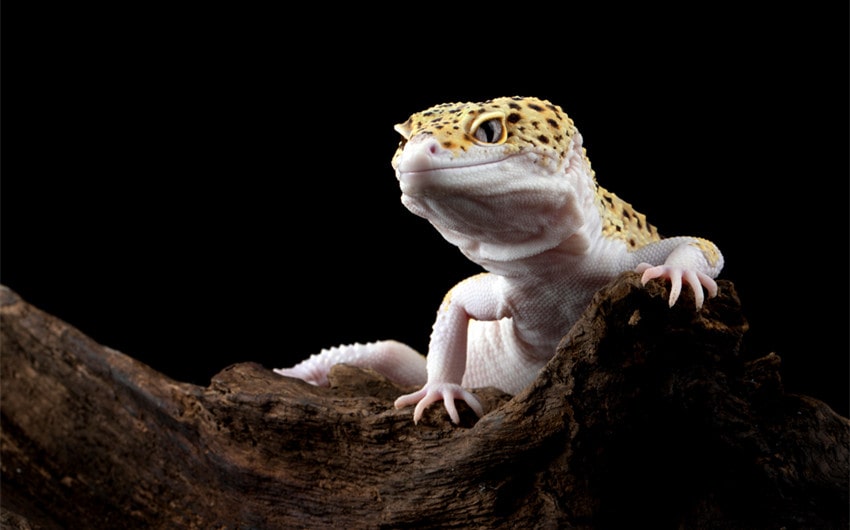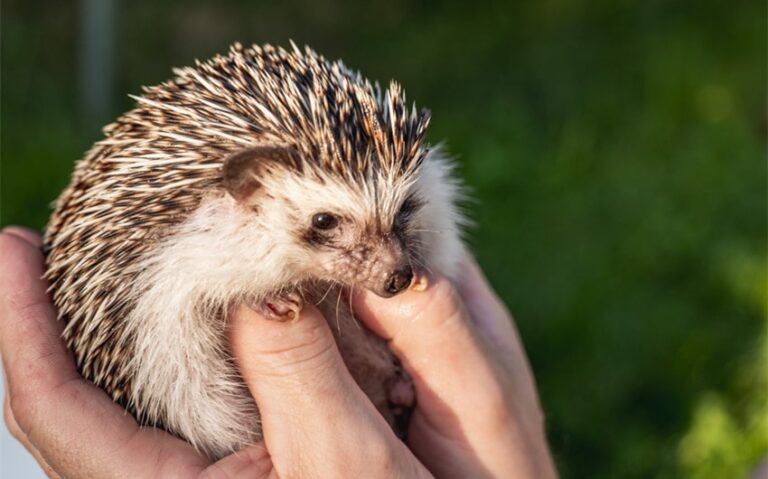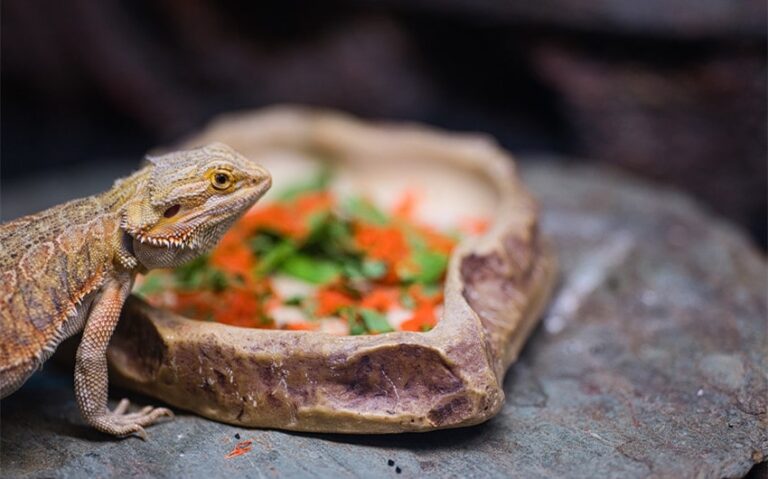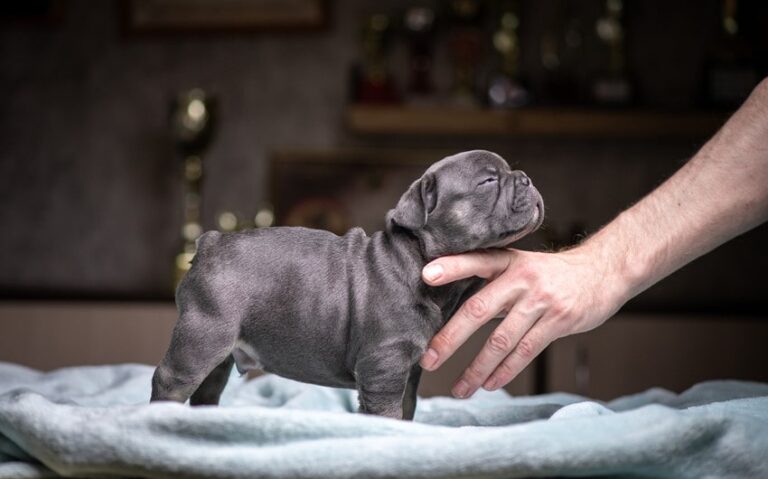4 Key Factors That Influence Leopard Gecko Lifespan
If you’re considering bringing a leopard gecko into your home, one of the first things you’ll want to know is their potential lifespan. Leopard geckos are low-maintenance reptiles, making them popular pets, but understanding the leopard gecko’s lifespan is essential for providing the best care possible.
With the right environment and attention, these charming creatures can live long, healthy lives. In this article, we’ll explore how long leopard geckos typically live, the factors that influence their longevity, and what you can do to ensure your gecko thrives for years to come.
Average Leopard Gecko Lifespan
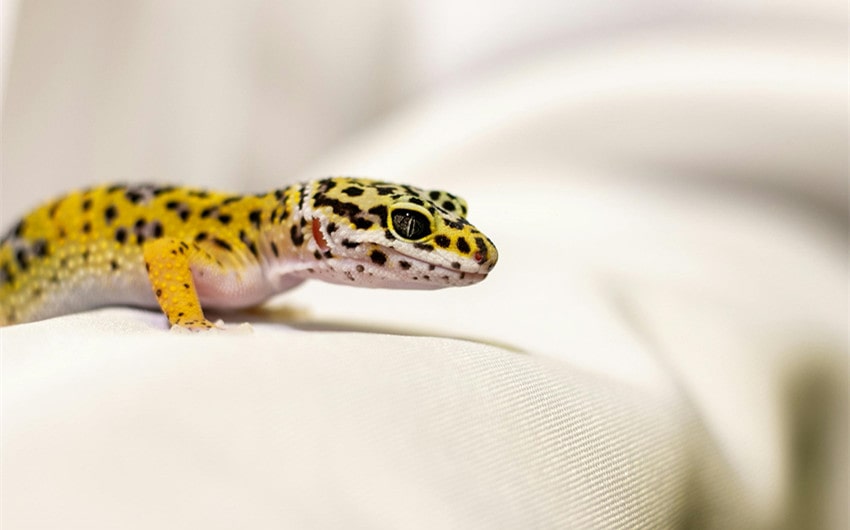
The lifespan of a leopard gecko is one of the key factors that make them such appealing pets. With proper care, these small reptiles can live surprisingly long lives compared to many other pet reptiles. Understanding their average lifespan will help you set realistic expectations and ensure that you’re prepared to provide the care they need for many years.
1. Lifespan in Captivity
In captivity, leopard geckos can live anywhere from 15 to 20 years, with some even surpassing 20 years if they receive excellent care. This long lifespan is largely due to the controlled environment, consistent access to food, and absence of predators or natural hazards that wild geckos face. Pet leopard geckos are less exposed to environmental stresses, which contributes to their longevity.
- Male Leopard Geckos: Males generally live slightly longer than females. This is because female geckos expend a lot of energy during the breeding season and while laying eggs, which can take a toll on their overall health and longevity. Males, on the other hand, don’t experience these energy-draining processes and tend to live longer on average.
- Female Leopard Geckos: While females can still live long lives, their average lifespan is slightly shorter due to the stress of egg production, even if they are not bred. Providing them with the right nutrition and supplements is key to helping females live close to the upper range of their lifespan.
2. Lifespan in the Wild
In contrast, the lifespan of leopard geckos in the wild is considerably shorter, averaging between 6 to 8 years. This difference is primarily due to the challenges they face in their natural habitats in parts of Asia, including Pakistan, India, and Afghanistan.
Wild leopard geckos face numerous threats, including:
- Predators: These can include birds, snakes, and other larger reptiles that hunt geckos for food.
- Harsh Environmental Conditions: In the wild, geckos are subject to extreme temperatures and fluctuating food availability. This makes it harder for them to maintain a stable weight and health year-round.
- Injury and Disease: Without access to veterinary care, any injury or illness in the wild can significantly impact a gecko’s chance of survival.
Factors That Affect Leopard Gecko Lifespan
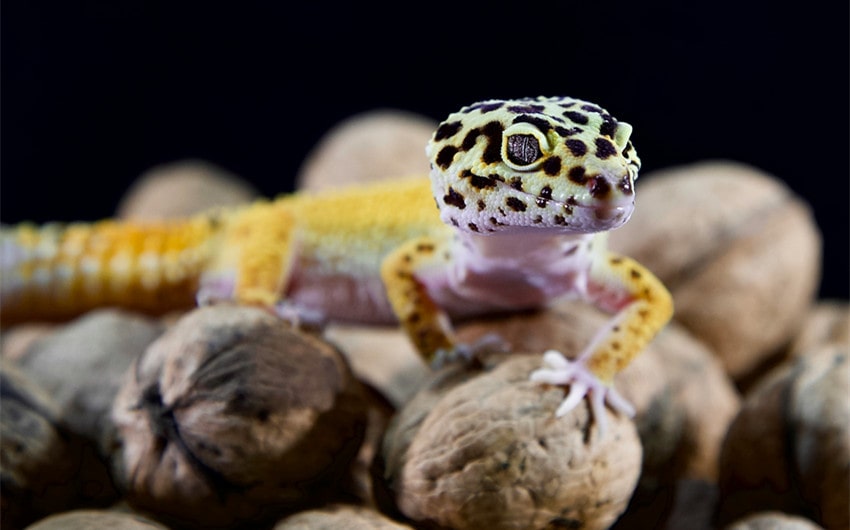
Several key factors influence the lifespan of a leopard gecko, and understanding these can help you provide the best care possible for your pet. Leopard geckos are relatively low-maintenance, but their longevity depends on the quality of their diet, habitat, genetics, and overall health care. Let’s take a closer look at the main factors that affect a leopard gecko’s lifespan.
1. Diet and Nutrition
Proper diet and nutrition are fundamental to a leopard gecko’s health and longevity. In the wild, leopard geckos feed primarily on insects, and replicating this balanced diet in captivity is essential for their wellbeing.
Staple Diet: Leopard geckos thrive on live insects such as crickets, mealworms, and dubia roaches. These insects provide the necessary protein and fat that geckos need to maintain their energy and overall health. It’s important to offer a variety of insects to ensure they receive a balanced diet.
Supplementation: In addition to live insects, calcium and vitamin D3 supplements are crucial to prevent metabolic bone disease, a common health issue in reptiles caused by calcium deficiency. Dusting the insects with calcium powder a few times a week ensures your gecko gets the nutrients it needs to maintain strong bones and a healthy metabolism.
Hydration: Though leopard geckos get most of their hydration from food, fresh water should always be available. Dehydration can lead to kidney problems and other health issues, so ensuring your gecko is properly hydrated is vital to their long-term health.
2. Habitat and Environment
The habitat you provide for your leopard gecko directly affects their lifespan. A well-maintained environment mimicking their natural habitat will help them thrive.
Temperature and Heating: Leopard geckos are cold-blooded reptiles, meaning they rely on external heat sources to regulate their body temperature. Proper heating is essential for digestion, metabolism, and overall health. The warm side of the enclosure should be kept between 88°F and 92°F (31°C to 33°C), while the cooler side should be around 75°F (24°C). If temperatures drop too low, your gecko may become lethargic, and if they are consistently too high, it could cause dehydration and stress.
Humidity Levels: While leopard geckos are desert-dwelling reptiles, they still require adequate humidity to aid in shedding. The humidity level in their enclosure should be between 30-40%. If the humidity is too low, it can cause shedding problems, and if it’s too high, it may lead to respiratory infections.
Substrate: The choice of substrate (bedding) in your gecko’s enclosure also plays a critical role in their health. Loose substrates like sand can be dangerous because geckos may ingest it while hunting, which can lead to impaction (a blockage in their digestive system). Safer options include paper towels, reptile carpet, or tile, which are easy to clean and reduce the risk of impaction.
Enclosure Size: Providing ample space for your gecko is important for their physical and mental well-being. A 20-gallon tank is the minimum recommended size for a single leopard gecko. Having enough room to move around, explore, and regulate their body temperature between warm and cool zones helps promote a healthy and active lifestyle.
3. Genetics
Genetics can also play a significant role in the lifespan of a leopard gecko. Some geckos are predisposed to certain health conditions due to their genetic background, and this can affect how long they live.
Selective Breeding: In captivity, many leopard geckos are bred for specific traits, such as unique color morphs. However, selective breeding can sometimes lead to genetic health issues. For instance, certain morphs, like the Enigma morph, are more prone to neurological problems, which may shorten their lifespan. It’s important to purchase leopard geckos from reputable breeders who prioritize the health and genetics of their animals over aesthetic traits.
Inherited Health Conditions: Just like other animals, some leopard geckos may inherit health conditions from their parents. Regular checkups and maintaining a healthy lifestyle can help mitigate the impact of genetic issues, but it’s important to be aware that some factors are beyond your control.
4. Healthcare and Veterinary Checkups
Routine health care and veterinary visits are crucial to maintaining your leopard gecko’s health. While they are relatively hardy animals, early detection and treatment of health issues can make a significant difference in their lifespan.
Preventative Health Care: Regular health checks, either at home or with a vet, can help catch early signs of illness. This includes monitoring your gecko’s weight, appetite, behavior, and shedding patterns. Any changes in these areas could indicate a health issue that needs addressing.
Common Health Problems: While not as common as in some other pets, leopard geckos can still suffer from various health issues, such as metabolic bone disease, respiratory infections, or parasites. Early detection is key, and regular vet visits can help prevent minor issues from escalating. Regular fecal exams can also help detect parasites that might otherwise go unnoticed.
Shedding Assistance: Leopard geckos shed their skin regularly, and while most geckos handle shedding on their own, sometimes they may require assistance. Stuck shed, particularly around their toes, can lead to circulation issues and loss of digits if not properly addressed. Providing a moist hide or misting their enclosure can help facilitate proper shedding.
Injury Prevention: Avoid placing sharp objects or potentially hazardous items in your gecko’s enclosure. Even small injuries can lead to infections if not treated promptly. Additionally, handle your leopard gecko gently to prevent stress or injury.

